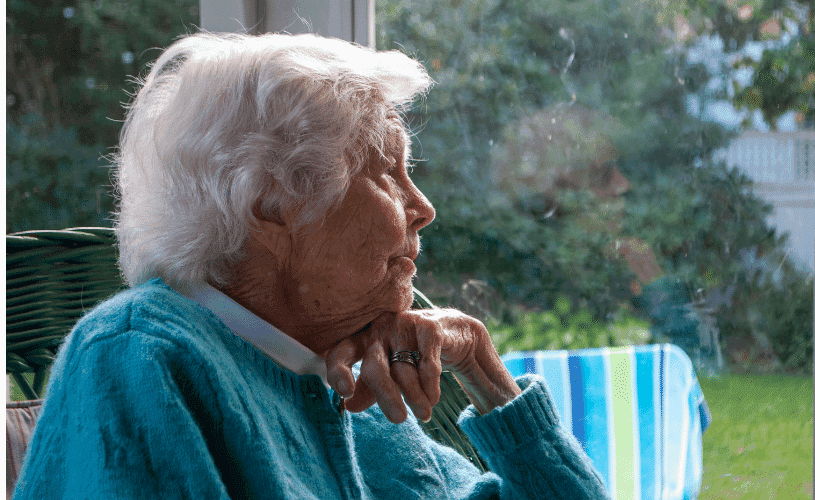
Table of Contents
Best Monitoring Systems for Elderly Safety
A growing number of caregivers are turning to in-home monitoring systems, smartwatches, apps, and wearable devices to remotely track the health and well-being of those they care for. And though monitoring systems for older adults have been around for decades, the latest technologies and connected devices go beyond the basics.
So how do elderly monitoring systems work and how do you find the right one for your loved one?
Our guide provides everything you need to know about the latest elderly monitoring systems on the market so you can choose the best device for the person you’re caring for.
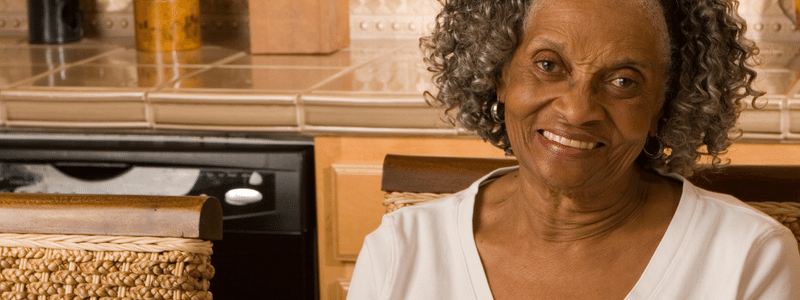
What is an elderly monitoring system?
The keyword here is "system." The devices talk to each other, people, and a chain of connectivity and communication. Help is close at hand.
Monitoring systems for elderly seniors are smart, technology-enabled devices that you set up in your loved one’s home. These connected devices watch over them, collect data, and send alerts related to their health and safety to their designated caregivers. This way, depending on the type of monitoring system you have, you can be included on their well-being from miles away.
For example, say your dad doesn’t get out of bed for his usual morning cup of coffee, or someone you care for takes a tumble in the shower and you aren’t there. Depending on the monitoring system, the person who needs assistance can either press an emergency button to alert response teams, or the system automatically sends an alert to you, other designated caregivers, and emergency services.
add_merchants
Example: Medical Guardian systems
Medical Guardian offers two types of monitoring systems — wearable devices for individuals on the go, as well as in-home monitoring alert systems. For both systems, if the user presses the “help” button, a wireless signal is immediately sent to Medical Guardian’s 24/7 monitoring operators, who have the wearer’s personal information on file and can quickly dispatch emergency services to their location.
Fall detection technology is able to identify a fall and automatically trigger a call to the monitoring center — even if the user is unable to press the emergency button.
Personal information may include health information, the best way to enter a residence (e.g., front door security codes), and contact information for the user’s caregivers.
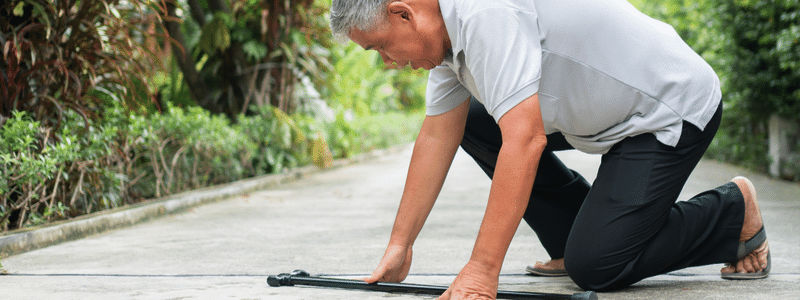
Growing popularity of elderly monitoring systems
The Covid-19 pandemic accelerated monitoring system adoption as more caregivers sought peace of mind for vulnerable seniors. As of May 2020, 39% of family caregivers had considered or purchased monitoring systems for elderly individuals. Then in January 2023, the percentage of adults who said they bought a medical alert system for themselves or someone they care for jumped to 54%.
From technology-enabled wearable medical devices and video cameras to in-home sensors, today’s monitoring systems for elderly people come in many shapes and sizes. So whether you’re looking for a way to check in on someone from time to time or a 24/7 monitoring system, there’s one that fits the bill.
Popular features of elderly monitoring systems
Elderly monitoring systems can track comfort levels, health data, location, and more. Many devices also have emergency buttons or sensors to detect fires, carbon monoxide, falls, or other situations that put the person you care for at risk.
There are countless use cases for elderly monitoring systems: “grandparent monitors” allow families to watch their loved one via video feed, motion sensors can be used to keep tabs on seniors with dementia or awareness issues, and fall monitors are helpful for older adults with a falling risk.
The most popular elderly monitoring systems have the following features:
- Voice-activation service
- Video monitoring
- Movement sensors
- Emergency response systems
- Health monitoring
- AI systems, apps and software
- Smart home systems
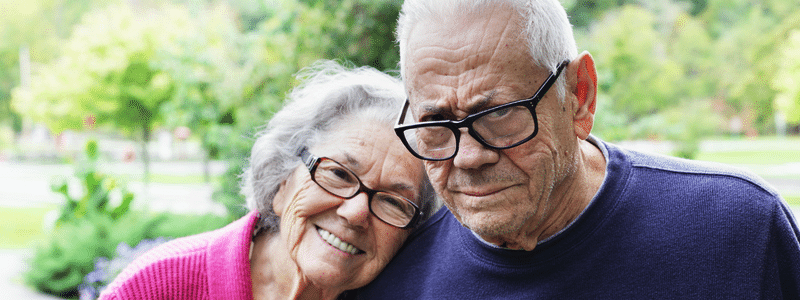
4 key benefits of senior monitoring systems
Monitoring systems for elderly individuals offer caregivers confidence and peace of mind while granting seniors independence.
Often, an elderly monitoring system allows seniors to age in place independently at home rather than transitioning to a senior care facility. Let’s explore the four main benefits of monitoring systems for older adults.
1 - Peace of mind
Many caregivers can’t be around the person they’re caring for all the time. Fortunately, today’s technology-enabled monitoring systems can fill in the gaps so they worry less when they’re away. Need GPS tracking for a parent with cognitive concerns? Need a built-in alarm to remind an elderly friend to take their medication? Looking to measure glucose, blood pressure, or pulse? There’s a monitoring system for that.
2 - Increased home security
Without the right monitoring system, seniors with dementia or other conditions can require around-the-clock care. But technology can offer relief by allowing caregivers to set up “wandering alarms” where sensors that are positioned on doors and windows send alerts to the caregiver when the patient leaves the property or there is unusual activity in the home.
3 - Reduced healthcare expenses
As most caregivers know, ER visits and medication expenses can add up quickly. And for many elderly people, the cost of assisted living and senior care is often out of reach.
Thankfully, elderly monitoring systems can bridge the gap, helping to prevent costly visits, detecting health issues earlier, and giving that added security that allows seniors to live on their own.
4 - Early health condition detection
While most caregivers don’t have the bandwidth to take temperatures on-site, check blood pressure, and monitor vitals around the clock, certain elderly monitoring systems do it automatically and efficiently. This consistent flow of health data can make all the difference in detecting health conditions early on.

Types of elderly monitoring systems
As you can imagine, choosing the best monitoring system for older adults and medically fragile individuals depends on many personal factors. For example, while one caregiver may be looking for 24/7 monitoring, a simple fall detection system might suffice for another. Here are the most common types of monitoring systems to help you choose the best device for your loved one’s needs.
Grandparent monitors
While we are not thrilled with the name "grandparent monitor," there is a reason these are helpful. s are a straightforward, intuitive, and passive form of elderly monitoring.
Of course, these are not just for grandparents. Like a baby monitor, grandparent monitors have a video feed you can view from a phone, computer, or mobile device. So if you’re a local or long-distance caregiver who wants to check in on someone in real time, this might be the right option.
Motion sensors
Worried about falls or wandering? Motion sensors could be the right solution. These monitoring system devices are placed around the home to detect movement from one room to another. When the sensor detects unusual activity or prolonged inactivity, it sends an alert to pre-programmed contacts.

Wearables
Wearable devices are among the most accessible, affordable, and popular elderly monitoring systems. They come in various styles, including watches (like the MG Move from Medical Guardian), necklaces, bracelets, and more. In addition, most wearables come with emergency buttons, SOS signaling, and GPS connectivity, allowing caregivers to track the user at any time.
Apps
Many of today’s elderly monitoring systems pair with a mobile app so caregivers can have the most relevant health and wellness information at their fingertips.
These apps combine features like home security technology, holistic care, and GPS monitoring to check in on the user’s safety and well-being.
Smart home solutions
Maybe the person you care for isn’t too keen on video monitoring.
Smart home solutions can sense motion and patterns to understand the senior’s typical routine, then send an alert if anything is awry.
6 considerations when choosing your elderly monitoring system
Once you’ve narrowed down the types of monitoring devices available, it’s also important to remember that choosing the right system is highly personal. Try to include the specific needs, preferences, and comfort levels of your loved one.
Here are six key considerations to factor into the decision-making process:
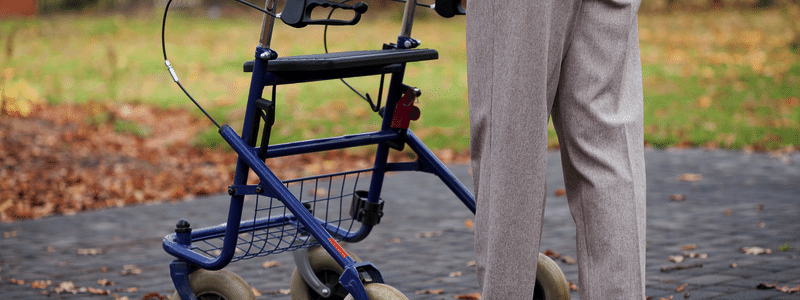
1 - Needs
Look for a system that suits the needs of the senior you care for. For example, are you looking for some extra eyes to make sure the older adult doesn’t wander? Or are you most concerned about falls or health monitoring? It’s important to choose a system that best suits your loved one’s needs.
2 - Price
Some monitoring systems have monthly fees, setup fees, and more, so research the total cost of ownership before you commit. For example, basic medical alert systems range in price from $10 to $30 a month, while more comprehensive or on-the-go plans may cost $45 + per month.
3 - Connectivity
Today’s elderly monitoring systems have various connectivity options, GPS, Wi-Fi, and more. Before investing, review the connectivity requirements to ensure the senior’s environment will work with the system.
If connectivity is an issue like in some rural communities, automated phone check-in options, such as those from Iamfine, are a lifeline that you connect to a landline phone number.
4 - Ease of Use
Keep in mind that a monitoring device is only helpful if the caregiver and senior both know how to use it. If you and the person you care for aren’t tech-savvy, consider choosing an option with an easy learning curve.
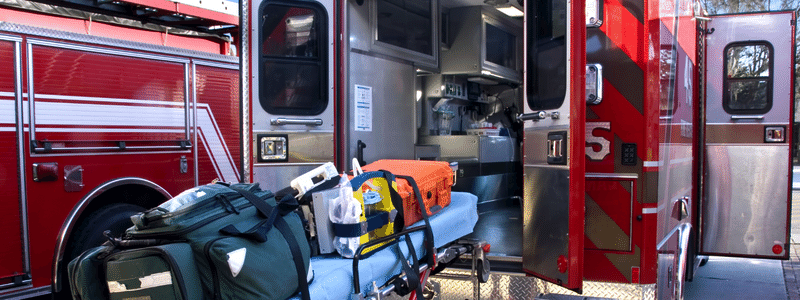
5 - Power outages
Always check the provider's policy on weather- or natural disaster-related outages. Power outages and extreme weather, such as snowstorms and hurricanes, should be factored into your decision-making. Ask about backup battery power during a power outage; if the system usually relies on Wi-Fi, it may switch to cellular backup during an outage. It’s important to double-check a monitoring system’s capabilities before you buy.
6 - Range and response
Each provider will give you a distance range for residences or outside. Make sure the range parameters fit everyone's lifestyle, or else it will not be used by the intended wearer. Also - read the reviews regarding response time. Response time is vital if you help care for someone with a medically complex or fragile condition.
7 - Pros and cons
Most monitoring brands tout the benefits of their systems, but it’s important to remember that they come with drawbacks, too. Many elderly people want to maintain a sense of independence and privacy, so respectfully consider how the system will help and potentially inhibit their everyday life.

Final thoughts: It's about confidence and independence
For caregivers looking for peace of mind and support, monitoring systems for older adults or someone needing additional protection is a convenient solution.
Medical alert systems connect users to a dispatcher who can send for assistance in a medical emergency. Some plans are designed for in-home use, while others offer security. The key differentiator is the system is designed to protect and reassure people who are medically vulnerable and often living alone—and their loved ones.
At the same time, home technology solutions are more affordable than other types of at-home care. Medical Care Alert HOME Medical Alert System and Medical Guardian Classic Guardian are favorites for complete, reliable systems with great offers and limited add-on fees. In addition, they both have flexible contracts, which is HUGE.
You can easily find a system with new bells and whistles or stick with something straightforward. Ultimately, the best pick for you depends on your budget, the needs and wishes of the person you care for, and your tech-savvy level.

Home is where care lives with you and home is where you want to be safest.
A medical alert system provides seniors, people with allergies, disabilities or may be home-bound with immediate help for medical emergencies.
Many people want both in-home and on-the-go systems. In home, look for easy-to-read and easy-to-use base sensor units to get help in the event of an emergency. For fall safety in the bathroom, users appreciate waterproof emergency button they can wear on their wrist or around the neck. Waterproof buttons can also be clipped to clothing.
FAQs
How can I monitor my elderly parents at home?
Elderly monitoring devices offer caregivers a convenient, affordable way to monitor elderly parents at home remotely. These systems can track various health and safety measures, including movement, sleep patterns, temperature, location, comfort, wellness, and more.
The most common systems include grandparent monitors, motion sensors, wearables, apps, and innovative home solutions. Which option is best for the person you care for? Find the ideal fit by considering the price, connectivity options, ease of use, and user's unique needs.
What's the difference between a medical alert system and an Apple watch?
Most medical alert systems—in-home, mobile, and wearable—are designed specifically for older adults (aged 65+) or younger adults with a medical condition that may require immediate medical attention.
An Apple Watch, for example, is not explicitly designed for a connected emergency response protocol, even tho can detect sudden impacts or falls. The 24/7 personalized dispatch response system is one of the main differences.
What is a passive monitoring system for seniors?
Passive monitoring systems for seniors use internet-connected sensors to track the health and wellness of elderly people. It is the Internet of Things in your residence.
These devices combine the technology of smart devices, AI, predictive analytics, and health tracking. The other sensor technology helps support the health and safety of those vulnerable to falls or with chronic conditions such as dementia, heart disease, and mobility concerns.
They allow seniors to maintain independence while giving caregivers and loved ones peace of mind. In addition, passive monitoring systems often reduce healthcare expenses and can even help detect health conditions early on.
What are the best cameras for elderly care?
Many types of cameras can monitor older adults at their residences. The Reolink E1 Pro security cameras are a popular choice since they can record older adults at certain times of the day or at all times. They also have helpful features like a 365-degree pan and 50-degree tilt, two-way audio, and night vision.
The Lorex Elderly Care Solutions camera, is another highly-rated option, equipped with Wi-Fi security, a microphone and speaker, and a mobile app. In addition, this elderly camera has live video playback, custom motion notifications, digital zooming, and no monthly fees.
In this article we include links to advertisers’ offers; these “affiliate links” may generate income for our site when you click on them. The compensation we receive from merchants does not influence advice, recommendations, or otherwise impact any of the editorial content on CircleOf. We know caregiving and caregivers and do our best to support you with meaningful solutions beyond and including in our app.



